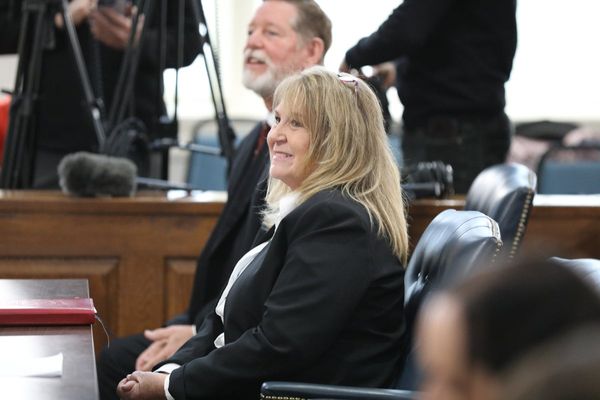
Building giant Porter Davis is unlikely to be the last construction giant to collapse under the weight of inflation and rising interest rates, as experts warn Australia will struggle to build the homes it needs in coming years.
About 1700 Australians have been left in the lurch this week as the liquidators of Porter Davis, which went broke late last month, scramble to find new builders to finish constructing their homes.
Professor Paula Gerber, a building law expert at Monash University, said those families now face higher costs than they were originally promised, with many of their contracts slated for renegotiation.
“You’re going to have entirely new contracts,” Dr Gerber told The New Daily.
“The scope of work has changed, now a new builder is going to build half a house.
“They’re going to want to charge more money than Porter Davis, both to reflect increased costs and increased risk.”
It’s a grim picture that could be faced by even more Australians trying to build their dream homes over the next few years, Dr Gerber said, with further construction company collapses likely.
“By no means are we at the end,” she said.
‘Canary in the coal mine’
Under pressure to clear through a massive backlog of projects that built up over the pandemic, experts said building companies have been squeezed by a meteoric rise in material costs.
The prevalence of fixed-price contracts across the industry has been a key feature of the downturn, according to economist Saul Eslake, who says companies were caught off guard.
“Many firms will have been taken completely by surprise by the increase in a broad range of prices for construction materials,” Mr Eslake said.
Rising interest rates have only compounded those pressures on the industry, he said.
“[Construction] is the canary in the coal mine for the economy when it comes to rising interest rates,” Mr Eslake said.
Michael Dyer, an analyst at BIS Oxford Economics, said the average time to build a home had gone from about six to seven months to be 12 months since COVID-19.
Builders have been placed under even greater financial pressure as material shortages pushed out payment milestones, he said.
“The cost of building a house has increased by about a third since mid-2020,” Mr Dyer said.
Commencements plunge
Inflation is now cooling as rates slam the brakes on the industry, which Mr Dyer says will be a “gradual process” of normalisation for building.
Australian Bureau of Statistics figures published on Wednesday showed a 16.5 per cent fall in residential housing projects starting over the final three months of 2022 – down more than a third from COVID peaks.
However, in a sign the industry is managing to clear through a project backlog, the construction industry booked a 4.6 per cent rebound in turnover in February, according to ABS data also published on Wednesday.
Mr Eslake warned that pressures on the construction industry will make it difficult for Australia to build the homes it needs in the next few years, despite a federal government goal to build a million homes by 2027.
He said that plan will need to be phased “carefully” to avoid running into the issues that have plagued the industry since the pandemic.
“I wouldn’t question for a moment the desirability of increasing housing supply,” Mr Eslake said. “But that’s easier said than done.”







